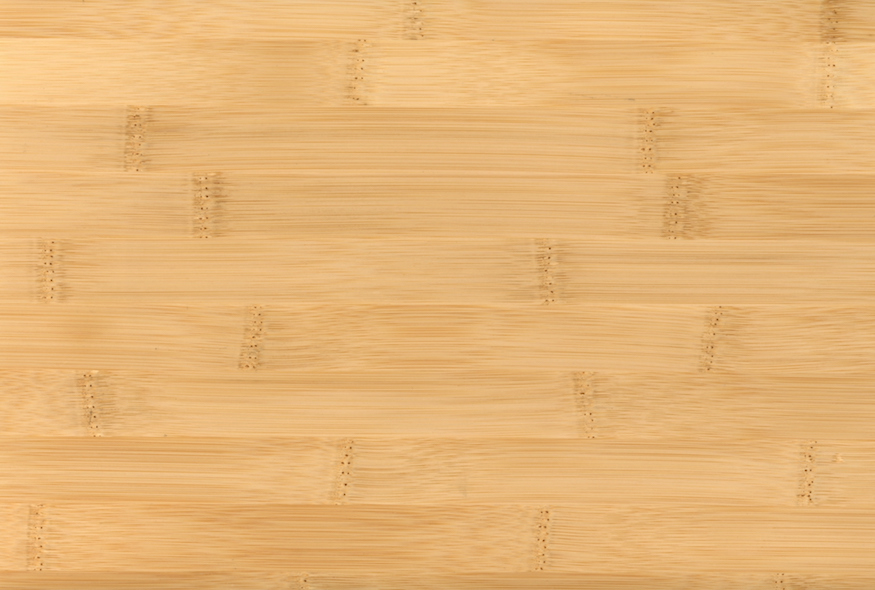What is bamboo?
Bamboo, or the “poor man’s timber” as it is known in its natural habitat of south Asia is often thought of as the fastest growing tree on earth. Some species of bamboo can grow up to three feet per day. Its initial growth is at the fullest width that the tree will ever be, so it does not ever grow horizontally. Bamboo is actually part of the Poaceae (grass) family that has wood-like characteristics, so it is not even a tree or “wood” at all. It grows in shoots that can be up to 100 feet tall, but are only a few inches in diameter.
Bamboo is both plentiful and proliferous.
When a shoot is harvested, it regenerates from the already existing root system preventing soil erosion. Its texture if very uniform and can range from fine to medium. As a grass, it does not have heartwood, sapwood, or growth rings. Natural bamboo is a uniform pale yellow to near white in color. Sometimes, it is given color to create more variety. These other colors can range from dark brown to red. A three to four year old shoot is considered mature, and if it is left to stand any longer, it can develop a fungal decay which appears as dark brown or black streaks in the finished product.

Why Choose Bamboo
Most who choose bamboo love its aesthetics; its unique, Asian flair, and down-to-earth feel. But a not so known characteristic of bamboo is that it possesses the best stiffness and strength characteristics in the woodworking world.
Though it does shrink in the initial drying, it is very stable thereafter. In some testing, a few bamboo species have far exceeded the stiffness of any other hardwood in the world at its “culm” (definition). Bamboo is often used for cutting boards, longboards, tables and furniture, flooring, stair treads, and veneer. Because the shoots are very small in diameter, they are often laminated onto solid boards or sheets of other wood types and end up with a hardness greater than red oak.
Bamboo in Woodworking
Bamboo is a different “wood” to work with. Different species require different care or treatment and some even need special care, so it is important to know the characteristics of the specific species that is being worked. In cross cutting, the fibers tend to split and it is subject to tearout, though the tearout is usually only shallow.

Bamboo has a very high levels of silica in its exterior layers compared to most woods which attributes for the significant dulling effect it has on cutting edges. For longevity of cutters and quality of the finished product, it is best to machine bamboo with carbide cutting edges. Bamboo glues, stains, and finishes well. Bamboo should be drilled for nails and screws as it has a tendency to split and crack.
Like the look? Contact us to get started on your own custom woodworking project using Bamboo.